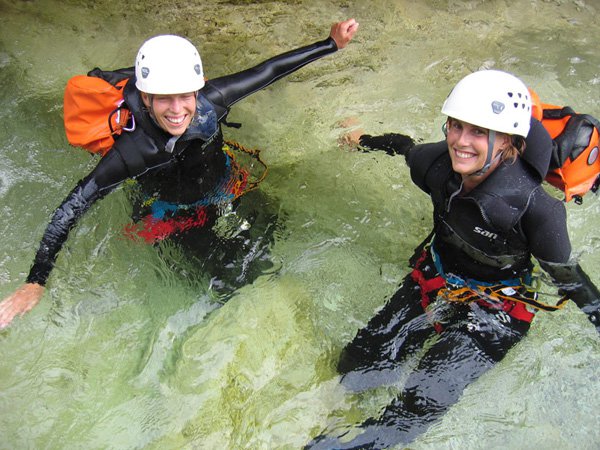Important Elements Of Successful Catch & Release Fishing
Not all fish survive when caught and released. However, proper catch and release methods can result in a very high survival rate. For anglers choosing to catch and release, the following tackle, landing, handling, and quick release methods are recommended.
Tackle
Gear type is perhaps the most important factor affecting whether a fish will survive being caught and released.
Use artificial lures or flies Use of bait often results in a deeply ingested hook and mortality upon removal.
Use rod, reel, and line of sufficient strength to quickly land the fish Long struggles may significantly increase mortality rate.
Use properly sized single circle or barbless hooks. Single hooks are typically more easily removed than treble hooks and usually result in less handling time and reduced injury to both anglers and fish.
Landing the Fish
Avoid playing fish to exhaustion. Lactic acid buildup in muscle tissues will reduce fish survival. More lactic acid accumulates the longer a fish is played.
Use a landing net. This reduces handling time, avoids injury potential and reduces stress to the fish. Landing nets with small, soft or knotless mesh are best.
Avoid injury. Keep your fish in deep water until it is netted or released. Fish landed in shallow water can injure themselves by thrashing around. This causes loss of mucus or skin damage, which can affect survival.
Handling your Catch
Avoid removal from water. Removing fish from the water can result in suffocation and/ or internal injury depending on fish size, removal duration, and handling technique. Avoid allowing a fish to thrash around on shore or in the boat.
Use wet hands or wet gloves. Wet hands or gloves will help reduce loss of a fish’s protective mucus. Mucus helps the fish fight fungal growth and other skin diseases.
Keep fish properly supported. Avoid removing large fish from the support of the surrounding water any more than necessary. When lifting, cradle the fish gently with one hand under the belly and the other hand near its tail.
Avoid squeezing. Squeezing can easily cause damage to internal organs and muscle tissue. This can best be avoided by not removing the fish from the net until you are ready to let it go.
Avoid touching the gills. Gills are a particularly sensitive and fragile organ that can be easily damaged. Any fish bleeding from the gills has a poor chance of survival and should probably be retained.
Hook removal
Keep fish wet and calm. Remove the hook quickly while allowing the fish to remain as calm as possible in the water. Keeping your fish contained in the net during hook removal can reduce the need for squeezing and additional injury.
Use the right tool. Needlenosed pliers or hemostats are an essential tool for quick and efficient hook removal. Various hook removers are also commercially available.
If necessary, leave the hook! If the fish is hooked deeply or the hook cannot be easily removed just leave it embedded. Cut your line as close to the hook as possible. Forged steel hooks deteriorate within months and often will not interfere with feeding.
Reviving your Catch
Avoid early release. Hold until revived. Revive your fish by holding it upright underwater. Support the fish gently from underneath. Ensure it is ventilating and has regained its equilibrium before release. Hold the fish until it swims forcefully away on its own.
Orient into the current but avoid too fast or turbulent areas. acing the fish into the current allows water to pass over the gills allowing the fish to “catch it’s breath.” Consider the need to move the fish to calmer water where it can swim easily away on its own without being swept away or injured by fast moving or turbulent water. In lakes or other still water bodies, move fish gently back and forth to force water over the gills if the fish does not appear to be ventilating.
Importance Of Diving Equipment
Fishing In Delaware Water Gap National Recreation Area


